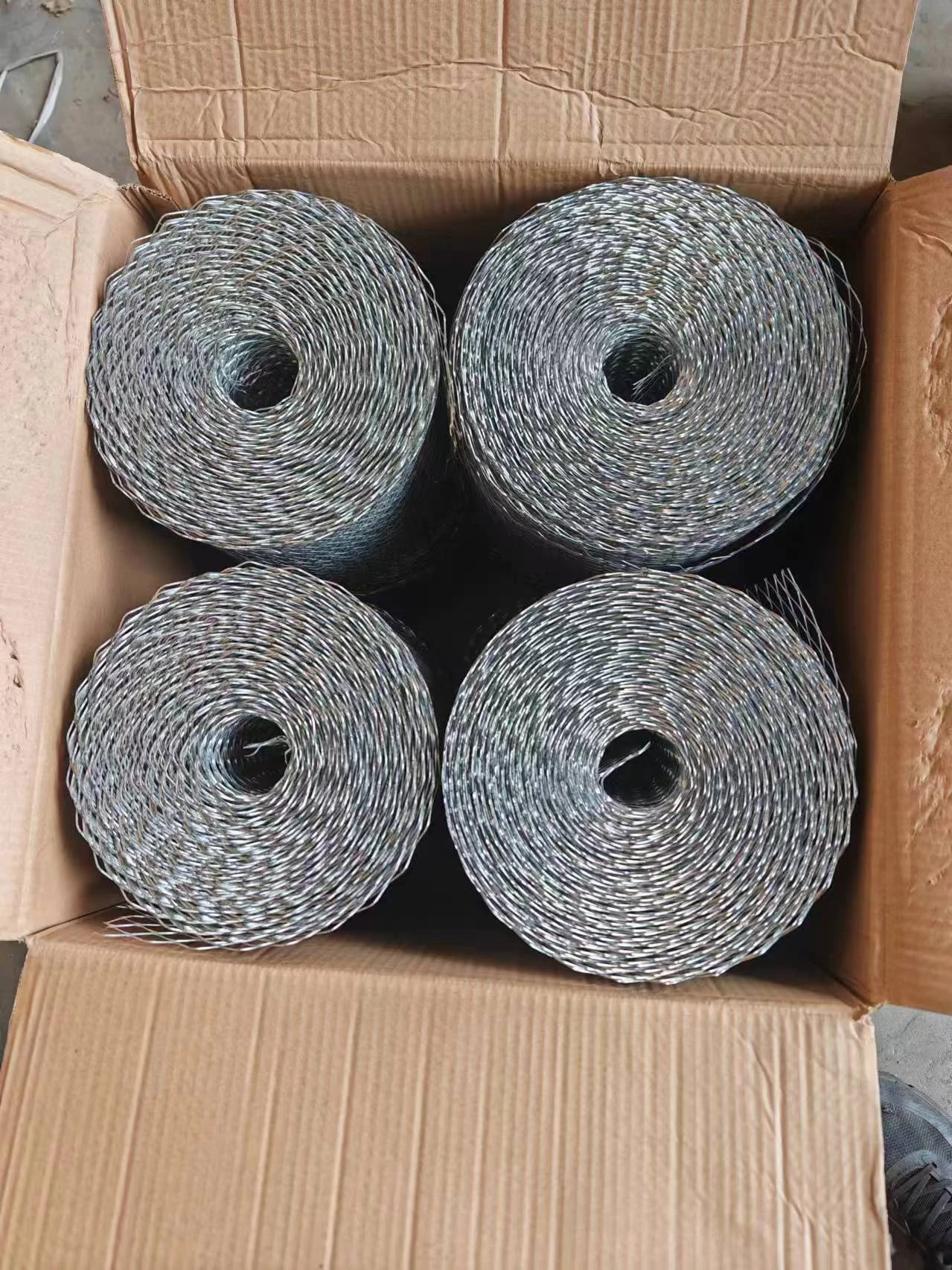

When using a hammer, precision and control are key. Position the nail directly over the pilot hole and start with light taps to set it in place, gradually increasing the intensity to drive the nail further. Maintaining a steady hand is essential to avoid damaging the wall surface or bending the nail. However, for larger or more demanding tasks, a powder-actuated tool might be more effective. Often used in professional settings, this tool can drive nails into concrete with less effort and greater accuracy but should be handled with caution and used only by those familiar with its operation. Choosing the right nail and preparatory measures can vary depending on the wall's thickness and whether it includes a coating or insulation layer. It may also involve considering the weight or function of the item being hung to avoid structural stress or failure. In some cases, experts might recommend using an adhesive or anchor in conjunction with the nail for additional support. Overcoming these challenges requires both patience and expertise, positioning nailing into concrete as a pivotal skill for construction, renovation, and decoration projects alike. Whether mounting a frame, affixing shelving, or securing electrical fixtures, achieving a successful outcome hinges on respect for the material and the employment of appropriate techniques. For individuals who might find the process daunting, consulting experienced professionals is advisable to ensure safety and effectiveness. In conclusion, nailing into a concrete wall is a task that combines craftsmanship with technical know-how. The right preparation, tools, and understanding of concrete's properties are crucial for a secure and lasting result. As home improvement and construction techniques continue to evolve, sharing these insights contributes to a broader understanding and greater appreciation of working with one of the most enduring building materials available.

















